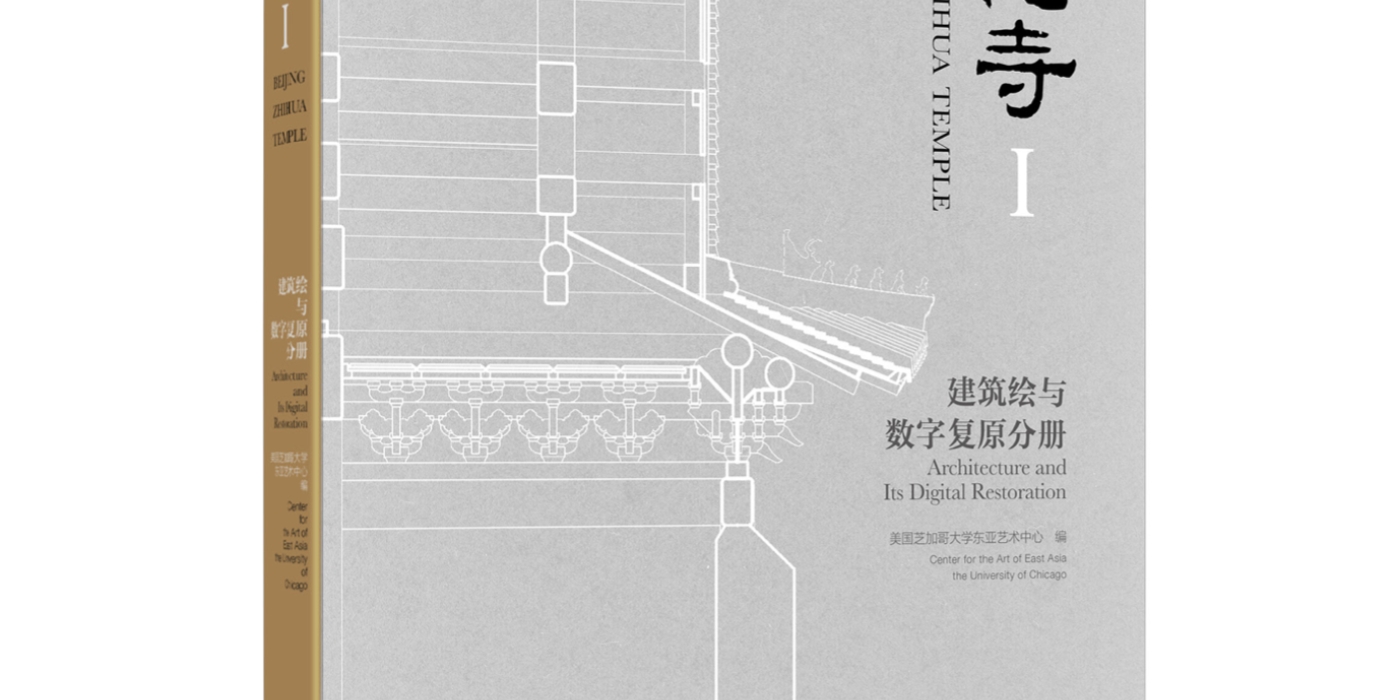Beijing Zhihuasi (Publication of the Zhihua Temple Conference volume)
Beijing: Cultural Relics Publishing House
Exhibiting East Asian Art in a Global Context
Edited by Chelsea Foxwell and Wei-cheng Lin, the volume is based on the three-day symposium organized by CAEA and held in June 2021. The presentations on the history of exhibitions in Europe and America have awakened much interest. The the first-hand experience of East Asian art that exhibitions have contributed greatly to scholarship in the field and reflect trends in selection, display, cultural attitudes, and value judgments that invite further analysis. The studies provide a wealth of material on the ways in which East Asian traditions have been represented in the past and extend into the present day. They include exhibitions of contemporary art that stimulate new global participation and awaken new perspectives and discussion.
Grotto Art of China: A Sourcebook
With the transmission of Buddhism outside of India in the early first millennium grotto shrines created to generate Buddhist merit and express the power of royal patrons spread across Asia. From the fourth century in early medieval period into later centuries many hundreds of Buddhist caves with carved sculptural images appeared along the Central Asian trade routes from Xinjiang to Dunhuang and across northern central and southern regions of china. These ranging in size from very modest to colossal in scale.
Numerous international scholars have studied this important art form and published surveys and monographs of historical cave complexes and detailed examinations of individual caves and sites. To date, however, there is no single book published in English that provides an overview of Chinese Buddhist cave sites together with a compilation of bibliographic materials. The current work aims to fill this gap. The Center for the Art of East Asia has organized a team of scholars to collaborate on compiling and writing a handbook on the history of Chinese Buddhist cave temples—art and visual culture. It will serve as an essential reference work to promote further study, research and teaching of Buddhist art and architecture.
